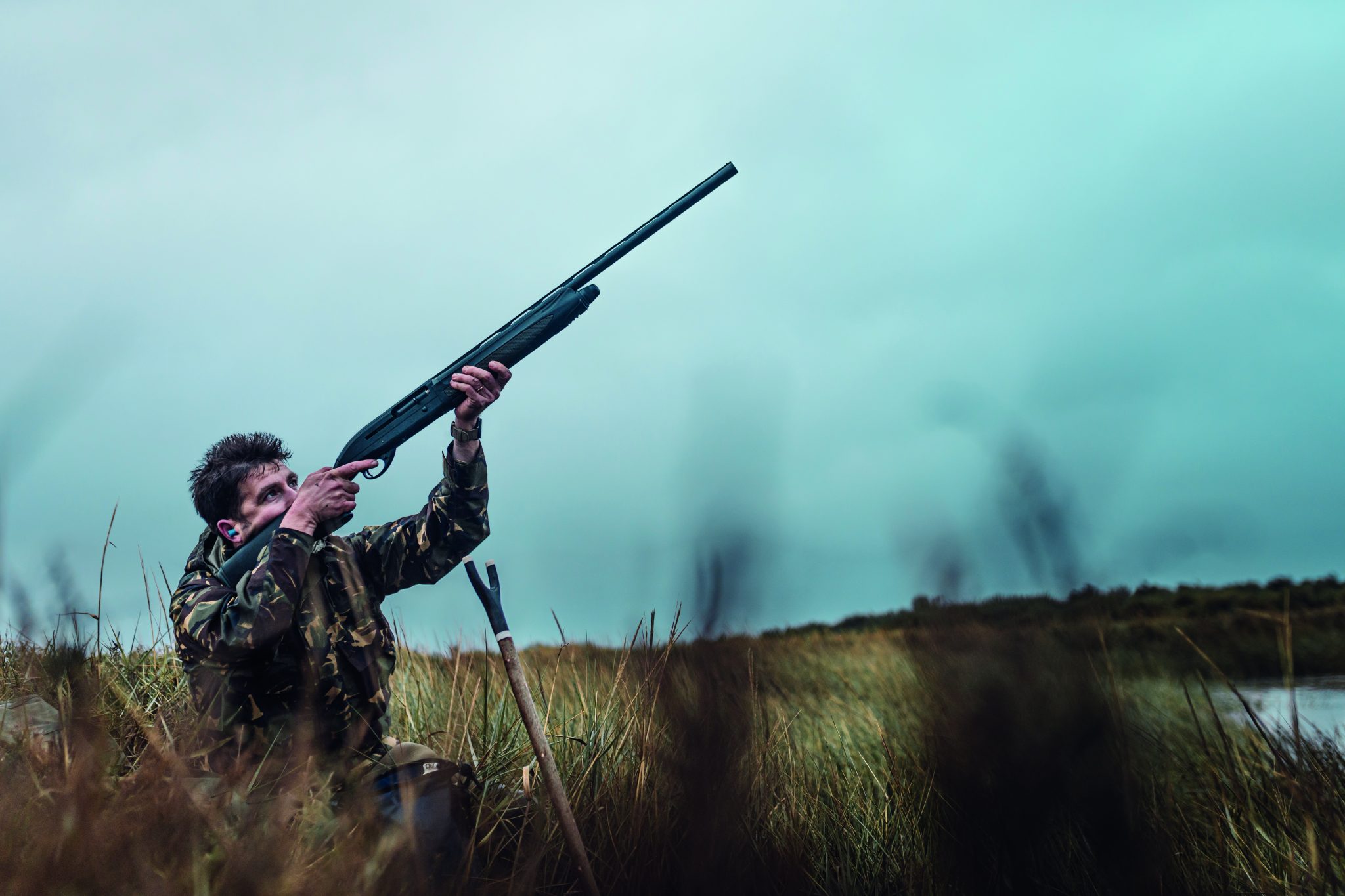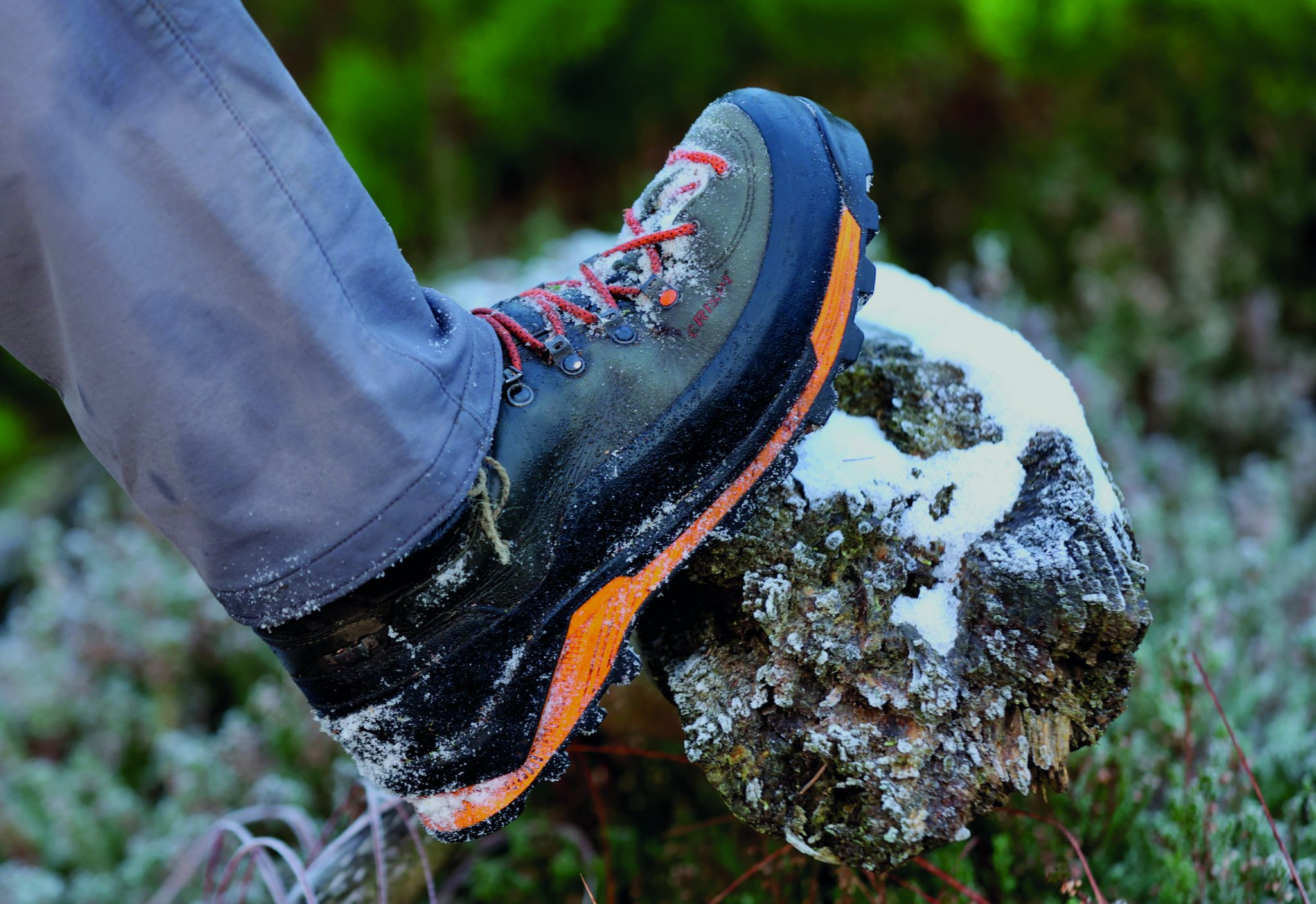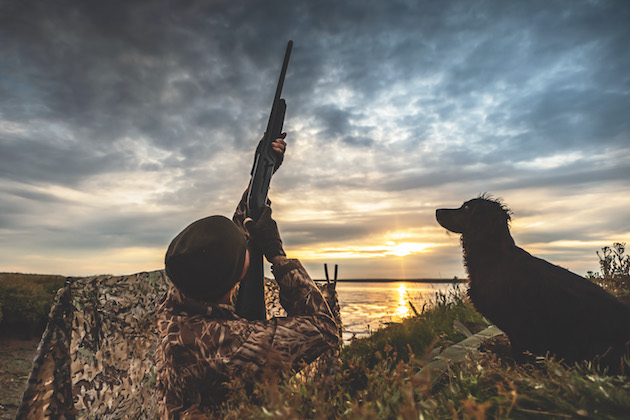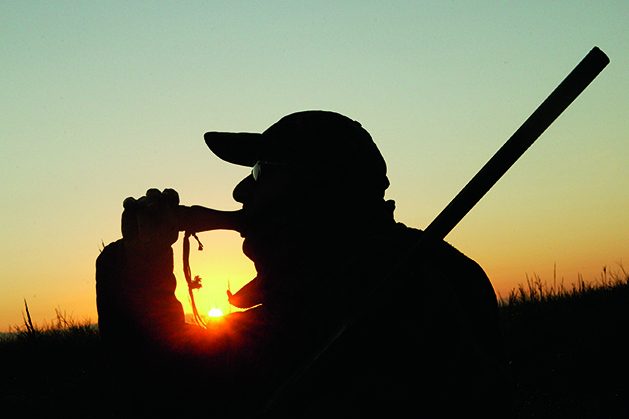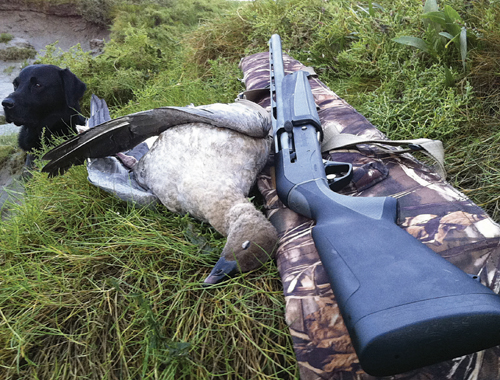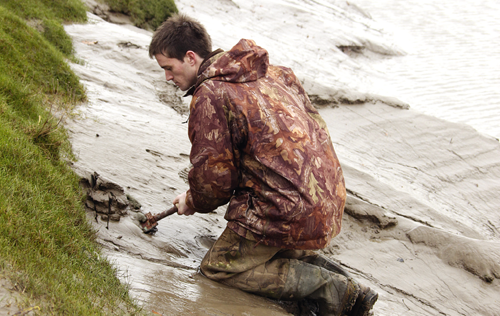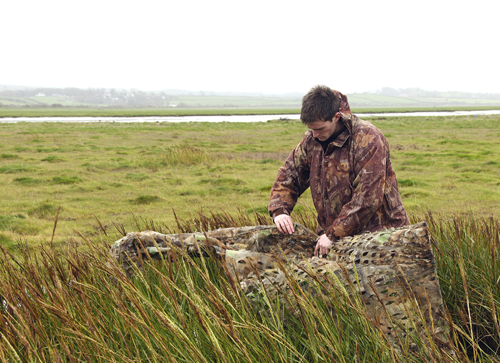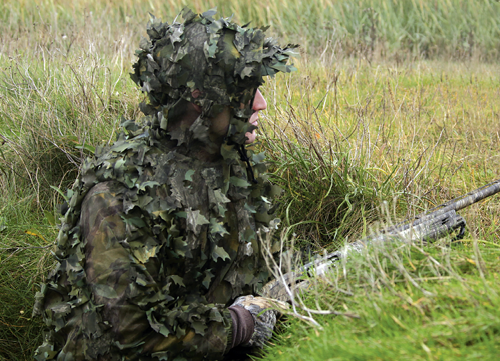An essential guide to getting started in this challenging sport
Win CENS ProFlex DX5 earplugs worth £1,149 – enter here
How to get wildfowling camouflage right
SHOOTING TIPS: Wildfowling camouflage: Jack Sykes looks at ways of keeping out of sight when wildfowling.
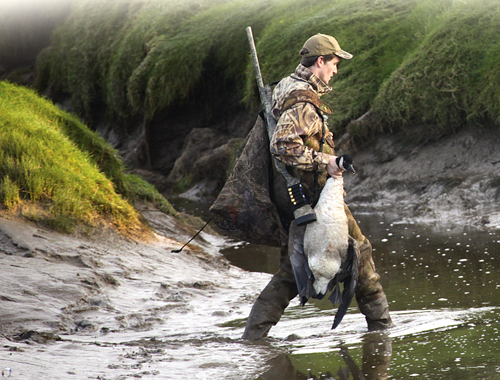
Back in the day, wildfowlers wore plain dark or light coloured clothing which seemed to stand out from miles away. Nowadays you’re more likely to see image-printed outfits although some traditionalists will choose plain drab colours by preference.
But is wildfowling camouflage really necessary?
It will help you conceal yourself more easily but positioning, keeping movement to a minimum and breaking up our outline is far more important.
The best wildfowling gear for the season ahead
Wildfowling kit has benefitted greatly from advances in materials technology in recent years and so we’ve compiled this guide to…
11 of our favourite semi-automatics for wildfowling
Lincoln Premier Wildfowling Gun As the name suggests, this fits the bill for a gun that’s dedicated to wildfowling –…
Field craft when wildfowling
- Get into a position on the marsh lower than the background, to reduce the chance of approaching birds spotting a human silhouette.
- On high ground, an outline is projected against sky or water and any movement is instantly spotted.
- Digging pits into the marsh is one way of keeping out of sight but this practice is rightly banned by many wildfowling clubs as the holes can be dangerous to grazing livestock which might fall in and become trapped.
- Although they make fantastic hides to shoot from, digging a pit is very time consuming and labour intensive.
- Pits have to be bailed out every time the tide comes in, or if filled with rainwater.
Creating a scrape
Instead of a pit, make a shallow scrape against the side of an open gutter or channel with a small collapsible spade. This is quick, easy and gets you low down and out of sight.
The scrape must allow you to manoeuvre out of sight into a comfortable position from which to shoot.
A scrape also keeps bank erosion to a minimum.
Nets for camouflage
- If there are no suitable gutters on your marsh a net hide may be the best option to conceal yourself.
- Pick the colour of the net very carefully – go for something as light as possible and avoid old military-style nets because they are often too dark.
- Modern lightweight nets are compact, less susceptible to rot and dry quickly.
- Prop up the net hide against strong winds with a set of purpose built adjustable poles with a ‘V’ shaped notch in the top.
- These can be easily raised or lowered.
- Hazel sticks or bamboo canes are an effective and cheap alternative
- The netting needs to drape over the poles and not be strung too tightly. This would make the edges look sharply unnatural.
- But too slack and the net will flap in the wind, spooking birds.
- Get the hide right first time because some flights can last many hours.
- Allow sufficient space for your dog and any bags or equipment.
- The net needs to be big enough to manoeuvre in but not too large inside.
- Attach marsh vegetation to give the set up a more natural appearance.
- The golden rule with net hides is to always look through the netting where possible, rather than over the top of it.
- Even the most experienced ‘fowlers get overexcited and raise their head in order to get a better view of the birds (which scares them away).
Ghillie suits
- Carrying, setting up, adjusting or re-positioning a net hide can hamper operations.
- It can also reduce shooting time.
- A 3D leaf oversuit can be a good compromise. Here is the Jack Pyke LLCS ghillie suit in a greener ‘English Woodland’ pattern that matches the colour of marsh grass tussocks.
- The ghillie suit works almost like a portable hide with its frilled jacket and balaclava hood breaking up the unnatural outline of head and shoulders.
- Go for a slightly more ‘generous’ size of ghillie suit so that it fits easily and comfortably over usual waterproof clothing.
- Ghillie suits can also be used deer stalking, airgun hunting and pigeon shooting!
Related Articles
Get the latest news delivered direct to your door
Subscribe to Shooting Times & Country
Discover the ultimate companion for field sports enthusiasts with Shooting Times & Country Magazine, the UK’s leading weekly publication that has been at the forefront of shooting culture since 1882. Subscribers gain access to expert tips, comprehensive gear reviews, seasonal advice and a vibrant community of like-minded shooters.
Save on shop price when you subscribe with weekly issues featuring in-depth articles on gundog training, exclusive member offers and access to the digital back issue library. A Shooting Times & Country subscription is more than a magazine, don’t just read about the countryside; immerse yourself in its most authoritative and engaging publication.



